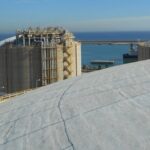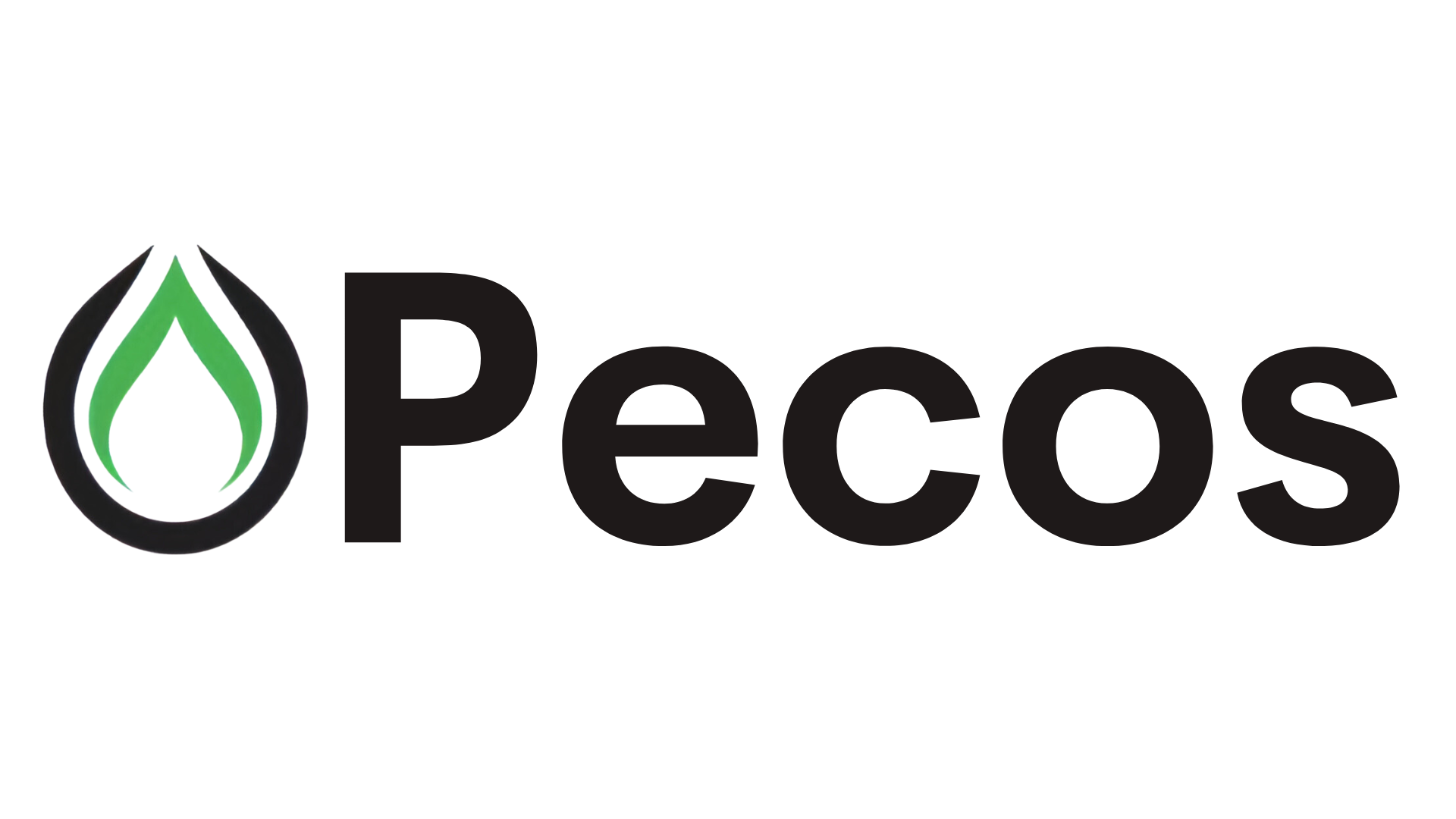Energy News Beat
Key Points
-
Research suggests Saudi Aramco’s Q1 2025 earnings reflect lower oil prices and production cuts.
-
Net income dropped to $26 billion, down from $27.3 billion in Q1 2024, due to market conditions.
-
Dividends include a $21.1 billion base, up 4.2%, but performance-linked dividends fell sharply.
-
The evidence leans toward ongoing challenges from global oil market dynamics and OPEC+ policies.
Financial Performance Overview
Saudi Aramco reported a net income of $26 billion for Q1 2025, a decrease from $27.3 billion in Q1 2024 and $31.9 billion in Q1 2023. This decline is primarily attributed to lower oil prices, with Brent crude averaging $75.83 per barrel in Q1 2025, compared to $83.00 in Q1 2024 and $81.17 in Q1 2023, and reduced production of 12.3 million barrels of oil equivalent per day (mboed), down from 12.9 mboed in Q1 2024. Free cash flow also fell to $19.2 billion from $32.0 billion in the previous year, reflecting these market pressures.
Dividend Strategy
The company maintained its commitment to dividend growth, with a Q1 2025 base dividend of $21.1 billion, a 4.2% increase from $20.3 billion in Q1 2024. However, the performance-linked dividend (PLD) dropped to $0.2 billion, compared to $10.8 billion in Q1 2024, which was part of the 2023 PLD. For the full year 2025, total expected dividends are $85.4 billion, including a base of $84.6 billion and a PLD of $0.8 billion, down from $124.2 billion in 2024, which included a larger PLD based on 2023’s stronger performance.
Market and Operational Context
The lower earnings align with OPEC+ production cuts, aimed at supporting oil prices amid weaker global demand. Despite 100% supply reliability, the reduced production and lower prices highlight ongoing challenges in the oil market, potentially impacting Saudi Arabia’s budget and Vision 2030 initiatives.
Survey Note: Detailed Analysis of Saudi Aramco’s Q1 2025 Earnings Report
This note provides a comprehensive examination of Saudi Aramco’s latest earnings report for the first quarter of 2025, released on May 11, 2025. The analysis is grounded in the financial data and market context, comparing key metrics with previous quarters to highlight trends and implications.
Background on Saudi Aramco
Saudi Aramco, formally known as the Saudi Arabian Oil Company, is the world’s largest integrated oil and gas company, headquartered in Dhahran, Saudi Arabia. It manages the Kingdom’s extensive hydrocarbon reserves, estimated at 250.0 billion barrels of oil equivalent as of the end of 2024, and operates a strategically integrated global downstream business. The company’s financial performance is closely tied to global oil prices and production levels, influenced by OPEC+ policies and market dynamics.
Q1 2025 Financial Performance
On May 11, 2025, Saudi Aramco announced its Q1 2025 results, revealing the following key financial metrics:
-
Net Income: $26 billion, down from $27.3 billion in Q1 2024 and $31.9 billion in Q1 2023.
-
Free Cash Flow: $19.2 billion, a decrease from $32.0 billion in Q1 2024 (a non-IFRS measure, see Saudi Aramco Reports & Presentations for details).
-
Hydrocarbon Production: 12.3 million barrels of oil equivalent per day (mboed), compared to 12.9 mboed in Q1 2024 and 12.7 mboed in Q1 2023.
-
Supply Reliability: 100%, consistent with operational excellence.
The decline in net income and free cash flow is primarily driven by lower oil prices and reduced production. The average Brent crude oil price for Q1 2025 was $75.83 per barrel, down from $83.00 per barrel in Q1 2024 and $81.17 per barrel in Q1 2023, based on EIA data . This reflects broader market trends of oversupply and weaker demand growth, as forecasted by the EIA .
Dividend Structure and Trends
Saudi Aramco’s dividend policy remains a critical component of its financial strategy, with dividends playing a key role in supporting Saudi Arabia’s state coffers. For Q1 2025:
-
Base Dividend: $21.1 billion, to be paid in Q2 2025, representing a 4.2% increase year-on-year from $20.3 billion in Q1 2024. This aligns with the company’s progressive dividend policy, with the full-year 2025 base dividend expected at $84.6 billion.
-
Performance-Linked Dividend (PLD): $0.2 billion, to be paid in Q2 2025, in line with the previously announced mechanism. This is part of the total expected PLD for 2025 of $0.8 billion, a significant reduction from the $43.1 billion PLD for 2024, which was based on 2023’s stronger performance.
For comparison, in Q1 2024, the base dividend was $20.3 billion, and an additional $10.8 billion was paid as part of the 2023 PLD, totaling $31.1 billion for that quarter. The sharp decline in PLD for 2025 reflects lower earnings in 2024, driven by lower oil prices, as reported in the full-year 2024 results . The total expected dividends for 2025 of $85.4 billion, compared to $124.2 billion in 2024, indicate a significant reduction, potentially impacting the Kingdom’s budget deficit, as noted in financial analyses .
Operational and Market Context
Saudi Aramco’s production levels in Q1 2025 were lower at 12.3 mboed, compared to 12.9 mboed in Q1 2024, reflecting OPEC+ production cuts aimed at stabilizing oil prices. These cuts, announced and implemented in recent years, are part of a strategy to manage global oil inventories amid slower demand growth, particularly in major economies like China and the U.S., as per EIA forecasts . The company’s supply reliability of 100% underscores its operational strength, ensuring consistent output despite reduced volumes.
The lower oil prices in Q1 2025 ($75.83/b) compared to Q1 2024 ($83.00/b) are consistent with market trends, with Brent crude prices falling for the third consecutive month in April 2025, driven by expectations of lower global oil demand growth and OPEC+ production increases . This environment poses challenges for Saudi Aramco, as its revenues are heavily dependent on oil prices and production levels.
Comparative Analysis with Previous Quarters
To provide context, the following table summarizes key metrics for Q1 2023, Q1 2024, and Q1 2025:
|
Metric
|
Q1 2023
|
Q1 2024
|
Q1 2025
|
|---|---|---|---|
|
Net Income ($ billion)
|
31.9
|
27.3
|
26.0
|
|
Free Cash Flow ($ billion)
|
Not stated
|
32.0
|
19.2
|
|
Hydrocarbon Production (mboed)
|
12.7
|
12.9
|
12.3
|
|
Base Dividend ($ billion)
|
Not stated
|
20.3
|
21.1
|
|
Performance-Linked Dividend ($ billion)
|
Not stated
|
10.8*
|
0.2
|
|
Brent Crude Oil Price ($/b)
|
81.17
|
83.00
|
75.83
|
*Note: The $10.8 billion PLD in Q1 2024 was part of the 2023 total PLD, not for Q1 2024 performance.
The table highlights a consistent downward trend in net income and free cash flow, with production levels slightly lower in Q1 2025 compared to Q1 2024. The base dividend increase reflects Saudi Aramco’s financial strategy, while the PLD reduction underscores the impact of lower 2024 earnings.
Implications and Controversy
The lower earnings and reduced dividends for 2025 could have implications for Saudi Arabia’s economy, particularly its budget deficit, as Aramco’s dividends are a major revenue source. Financial analyses suggest that the Kingdom may need to adjust its Vision 2030 plans, potentially delaying mega projects . There is some controversy, with critics like Senator John Barrasso labeling energy policies as a “disaster” in other contexts, though this is more political rhetoric . The potential for future cuts to climate programs, as speculated in a POLITICO article from April 11, 2025, could indirectly affect global oil market dynamics, but these plans are pre-decisional as of May 11, 2025 POLITICO on NOAA Cuts.
Conclusion
In summary, Saudi Aramco’s Q1 2025 earnings report reflects a challenging oil market environment, with lower net income and free cash flow driven by reduced oil prices and production cuts. The company has maintained its base dividend growth, but the significant drop in performance-linked dividends highlights the impact of 2024’s weaker performance. The ongoing OPEC+ strategy and global market dynamics suggest continued pressure on profitability, with potential implications for Saudi Arabia’s economic plans. The detailed financial data and market context provide a comprehensive view of Aramco’s position in the current energy landscape.
Key Citations
The post Aramco Profit Drops With Weak Oil and how will this impact OPEC? appeared first on Energy News Beat.









